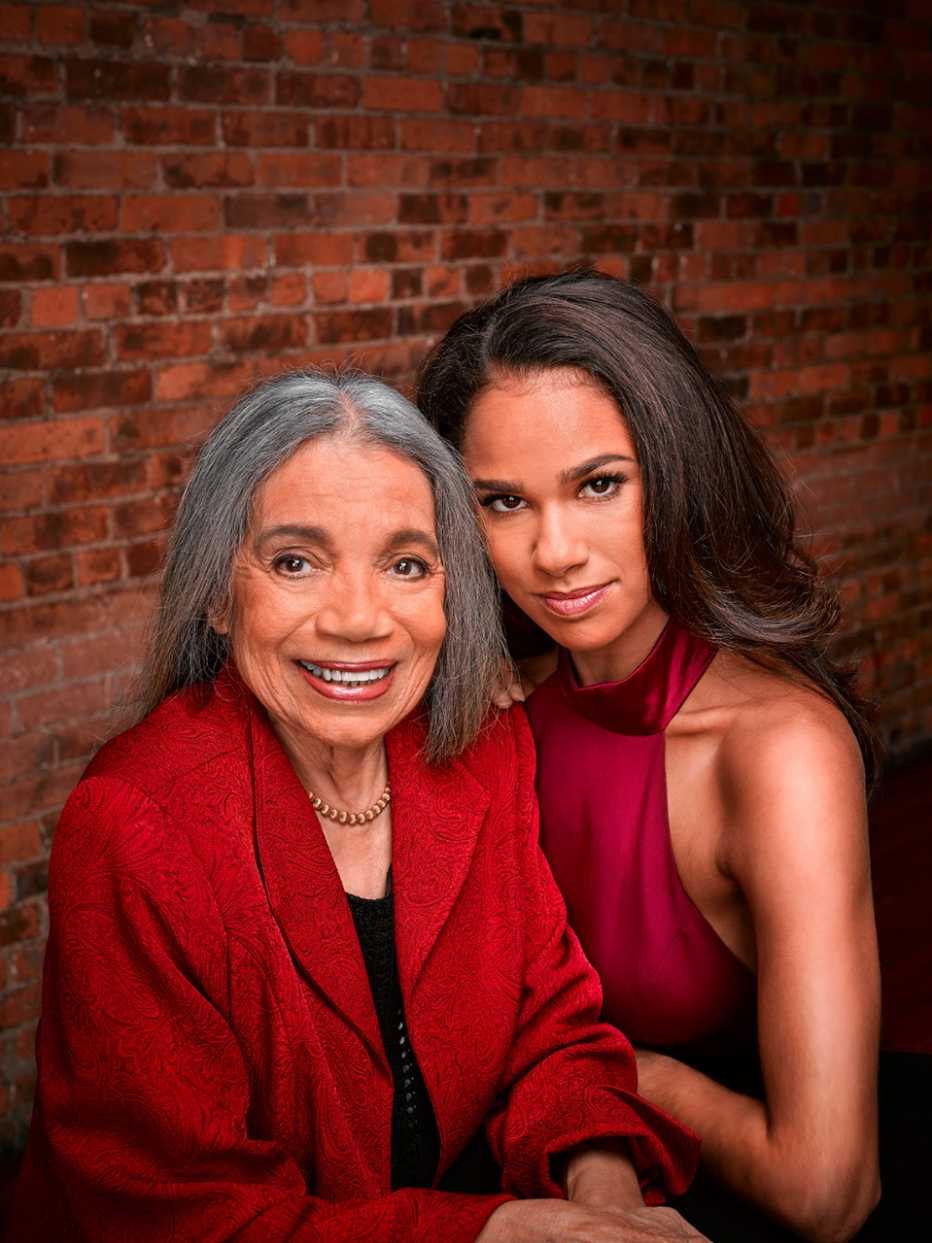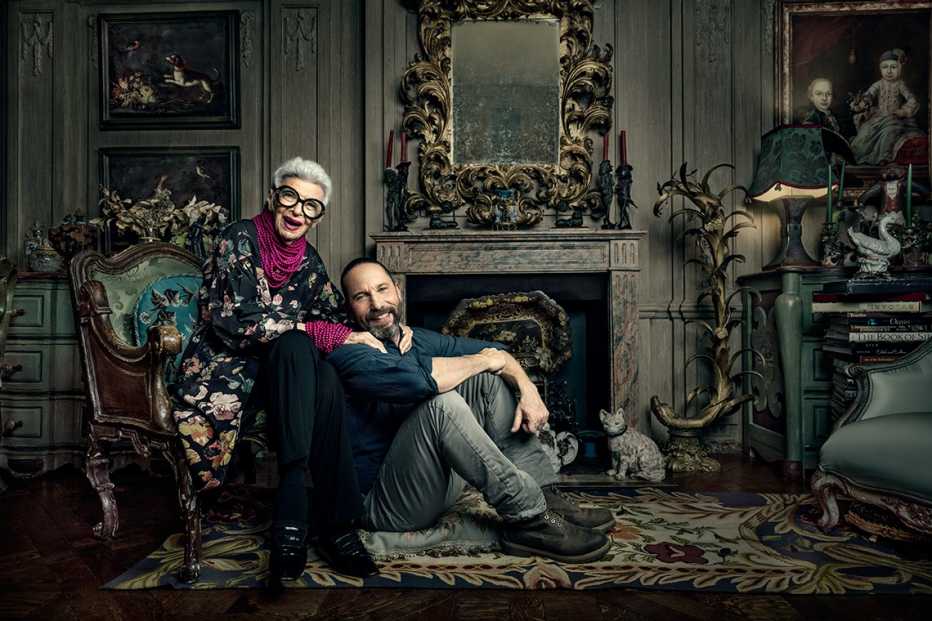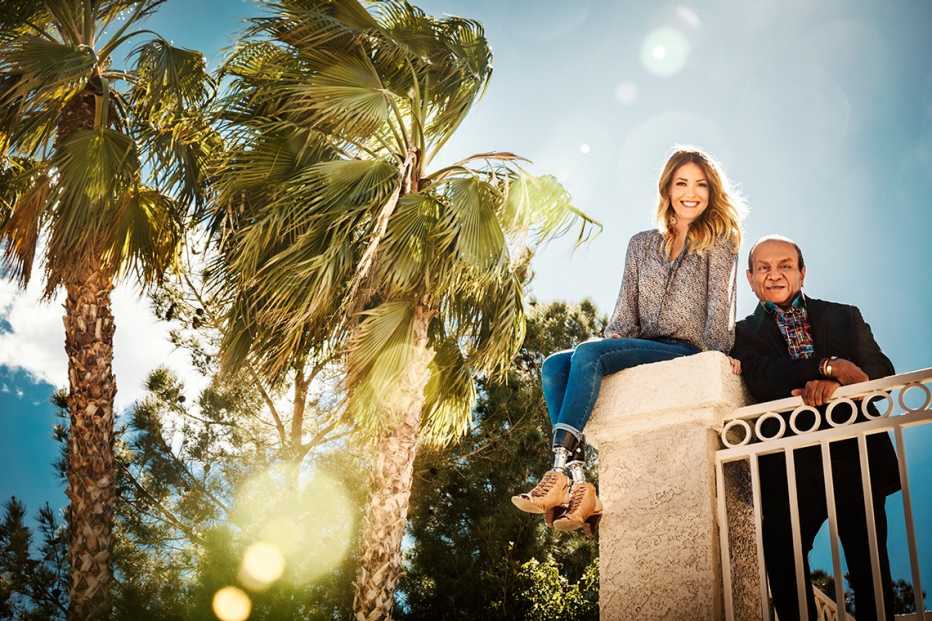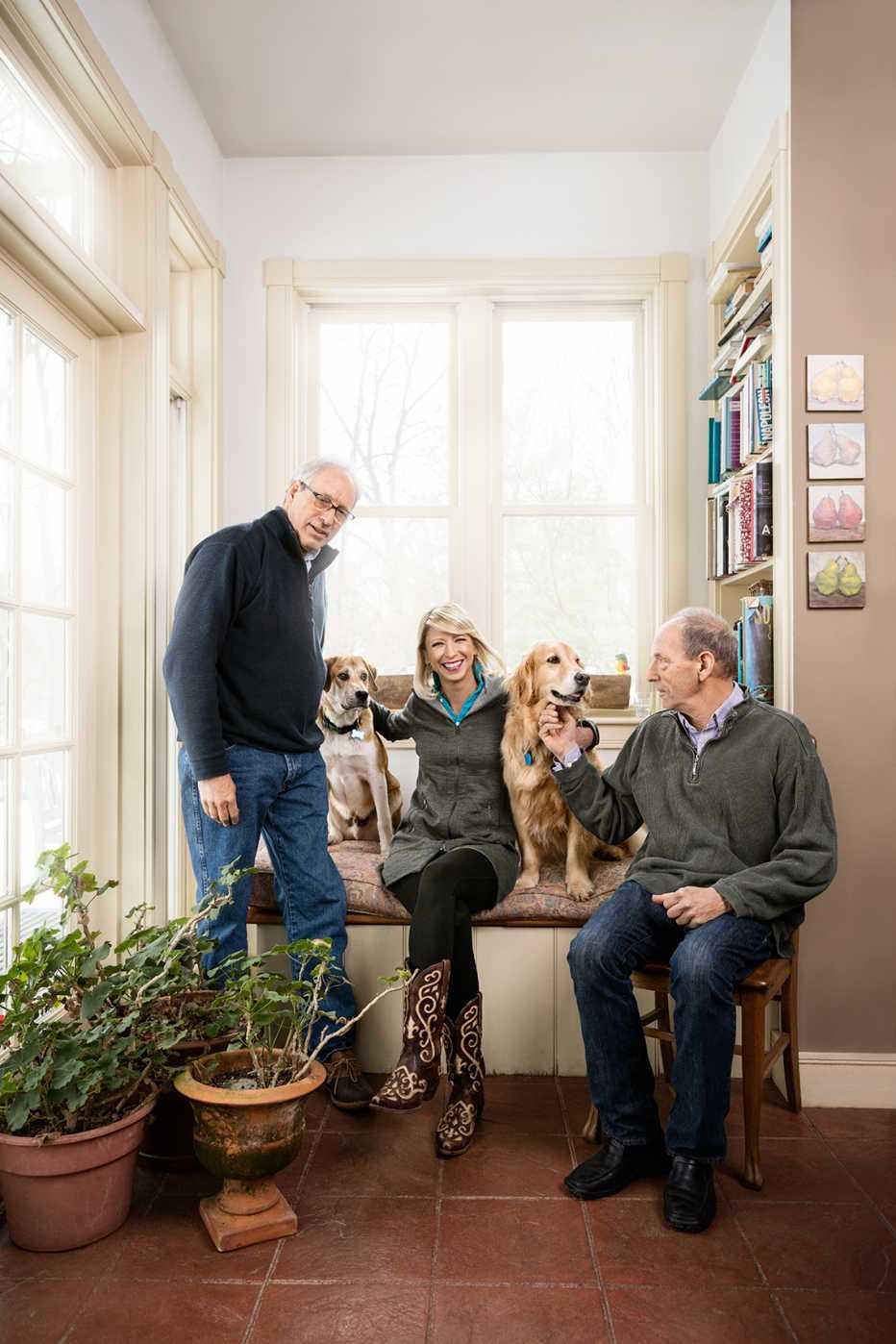AARP Hearing Center


HOW THEY MET: In 2011, Wilkinson — a former soloist for the Ballet Russe de Monte Carlo and the first black woman to dance full time for a major ballet company — was introduced to Copeland at an event in Harlem celebrating diversity in dance. They instantly clicked. Copeland's schedule with American Ballet Theatre permitting, they talk often on the phone and, when possible, enjoy meeting at Ed's Chowder House, near Lincoln Center in Manhattan.
Wilkinson: I saw Misty in a documentary years ago, on television. She was a little girl at the time — 15, I think. We don't term dancers as prodigies in ballet, but she had this breathtaking physical ability. I got on my knees right there and prayed. I said, "Please bless this young girl and let her go on and develop." And I waited and waited and hoped to see her in a performance. Nothing. Then I went to Giselle a few years ago and there was something in the soloist's whole sense of touch. The foot to the floor. She had a brio and élan and a lightness about her that none of the other dancers had. When she came onstage, it was like a breath of air. And I thought, Who's that? And it was Misty. I will never forget our first meeting. I was instantly struck by her. She has this lovely body — her legs, her arms and her beautiful face. And she speaks so beautifully, too. We talked about her experiences in the ballet and mine.
Copeland: The first time I heard Raven's name was when I saw the 2005 documentary Ballets Russes. I hadn't known about American ballerinas who had to go to Europe to dance because of their brown skin. When I learned about Raven, I cried. I felt so connected to her. Eventually my manager had heard me mention Raven in so many interviews that she decided to look her up, and we learned she lived around the corner from me in New York! When we finally met and I saw her small stature, so similar to mine, I hugged her tight. We've been connected ever since.
Wilkinson: One of my favorite memories is Misty's wedding reception last year. I did some dancing, twisted my hips a bit. I'm 82 now, so it takes a bit of twisting to do some twisting!
Copeland: She comes to every important show I have. No matter what's happening in her life, she thinks of others.
Wilkinson: Her presence on the stage has brought people you would hardly ever see to the ballet. It's extraordinary when she's dancing. The plaza of Lincoln Center is just packed with people — packed with people! — coming to see her dance.
Copeland: Raven has faced far more obstacles with race than I have, and she is still so optimistic about everything. It's interesting that she, a black ballerina, made me stop looking at myself as just a black ballerina.
Wilkinson: Misty says that I am her mentor, but I tell her, it's the other way around. Sometimes I get upset about something, and I think, Misty wouldn't be upset. She would look at this differently. I look to her as an example of how to think and how to learn and how to behave. Because we are all still learning. Even at 82, I am always learning.


HOW THEY MET: Though they met briefly in 2004, they bonded in 2005 when Apfel asked Bittar if she could wear samples of his jewelry to her big show of hats, shoes, costume jewelry and ensembles at New York's Metropolitan Museum of Art. Bittar declined; he needed them. "I ran into her after that," he remembers. "I said, 'Iris, I saw the show. I loved it.' She hit me on the head and said, 'You bozo! I wanted to wear your designs at the opening, to show them off!' "
Bittar: We bonded over a multitude of things, and I also loved her late husband and their relationship together. Carl was amazing. They seemed literally inseparable until he died in 2015. We'd all talk about fashion, their business, my business, our childhoods. If you have a true friendship, it's amazing what unfolds.
Apfel: Alexis is almost exactly half my age. I don't think age has much to do with friendship. Most of my friends are half my age. I don't feel like I'm 95. I don't feel, with my friends, that they consider me old. They just consider me a friend. Alexis has a winning personality, and I have great respect for the work he's accomplished. He started selling vintage stuff on the streets years ago; then he started making jewelry, and he built it into a terrific business.
Bittar: We're both obsessed with the deterioration of communication because of cellphones and the rise of social media. We can dig into that conversation.



































































More on Home and Family
The Long Road to Forgiveness
The Charleston church massacre one year later